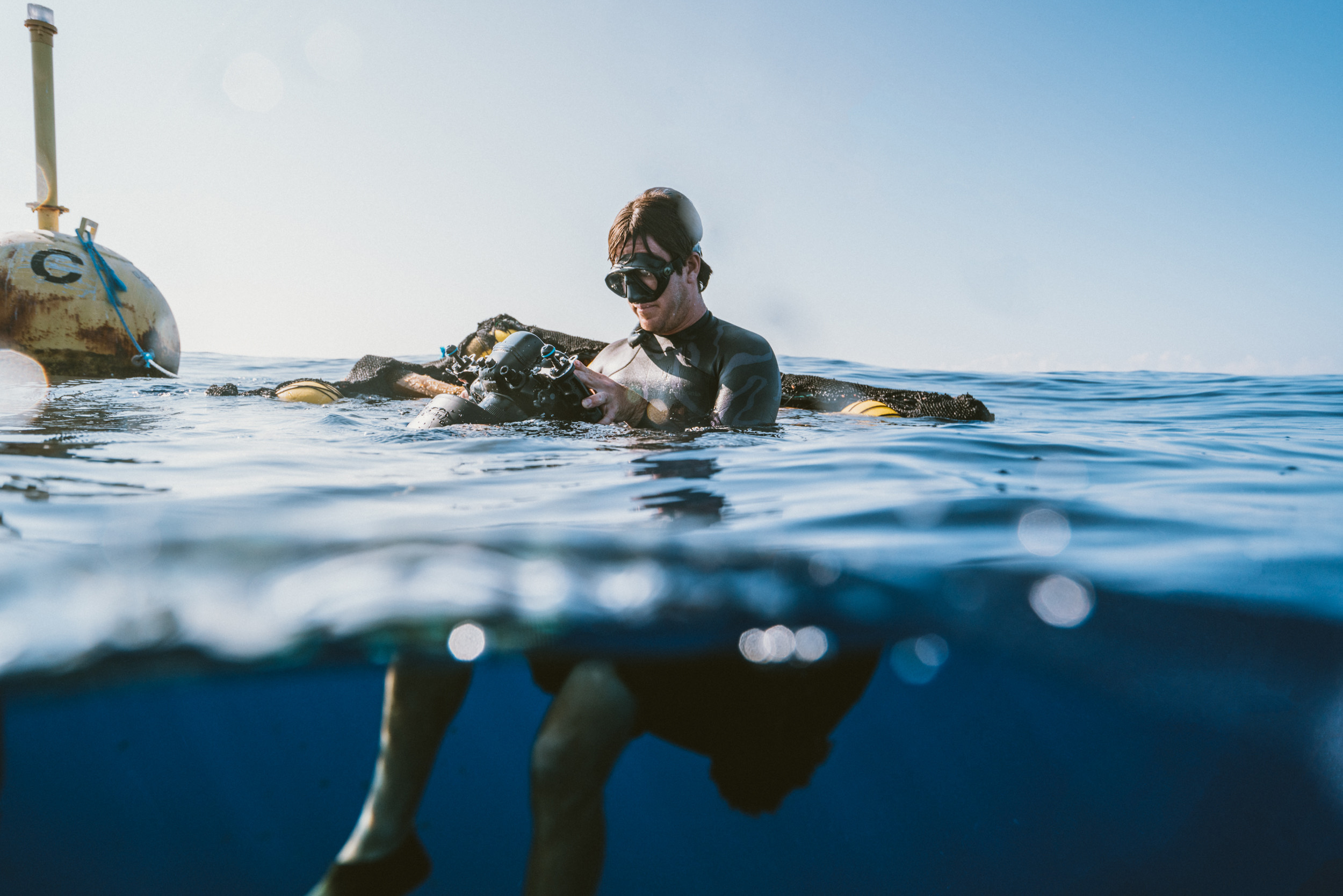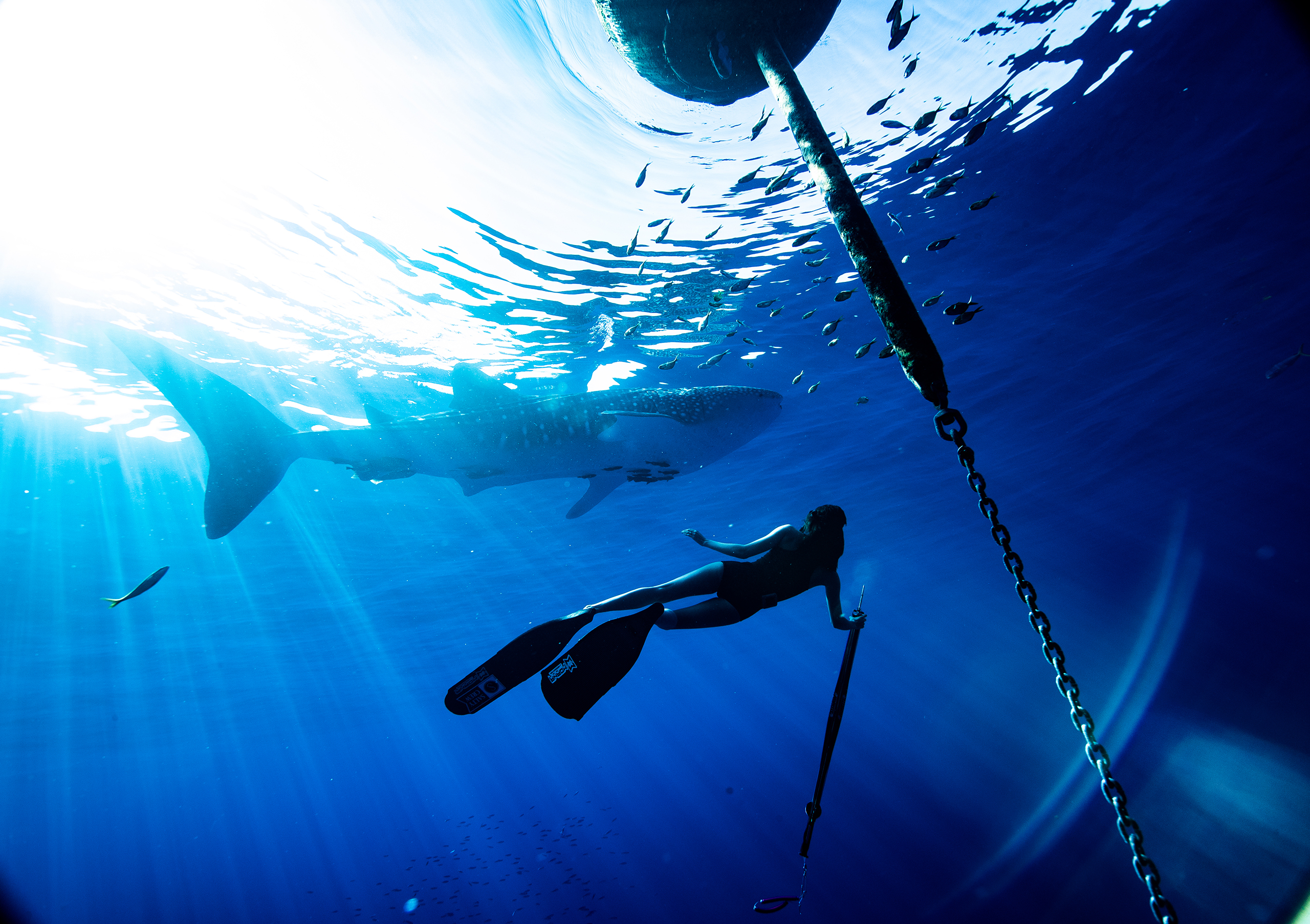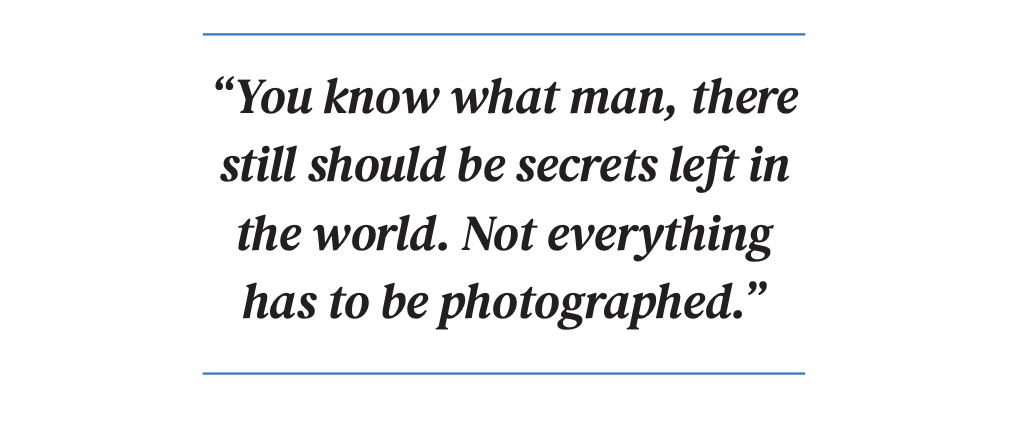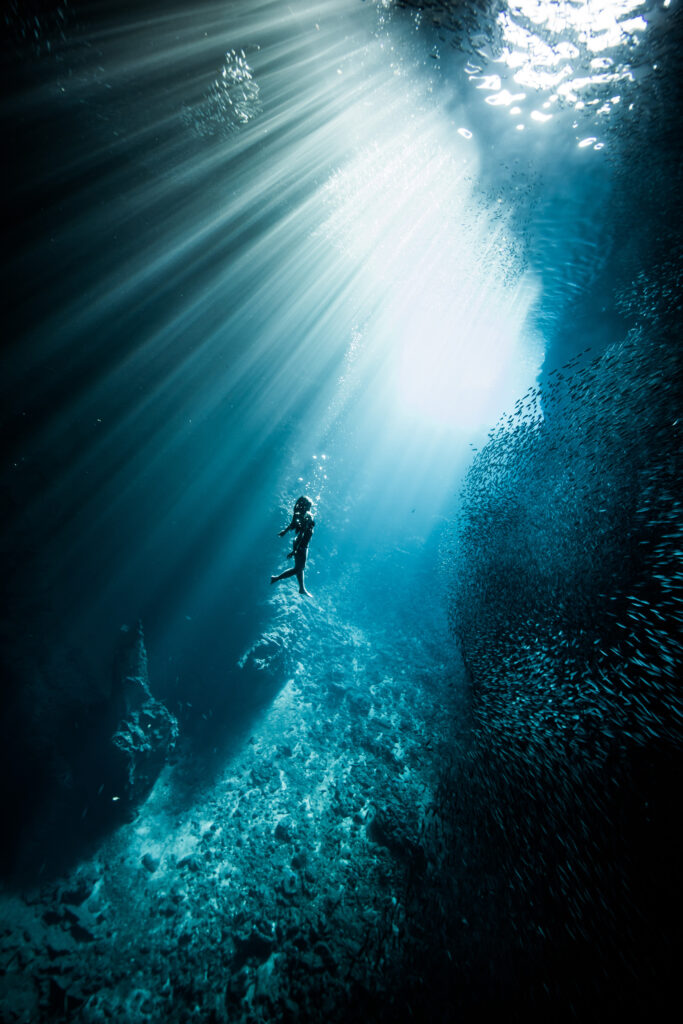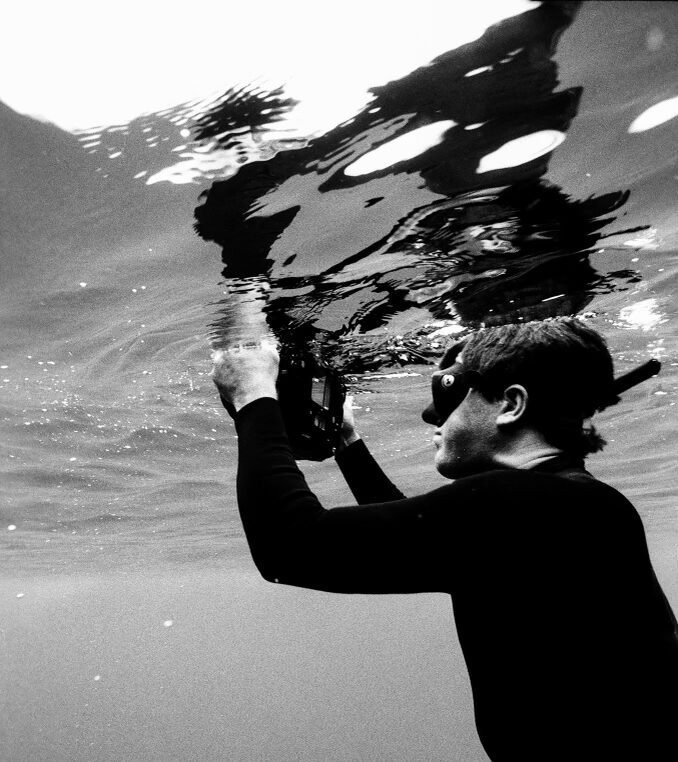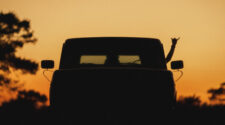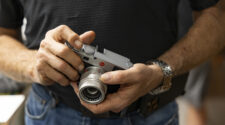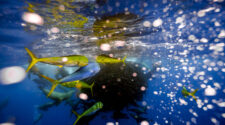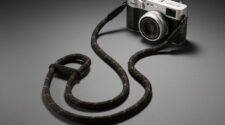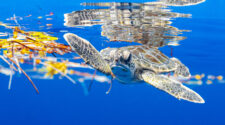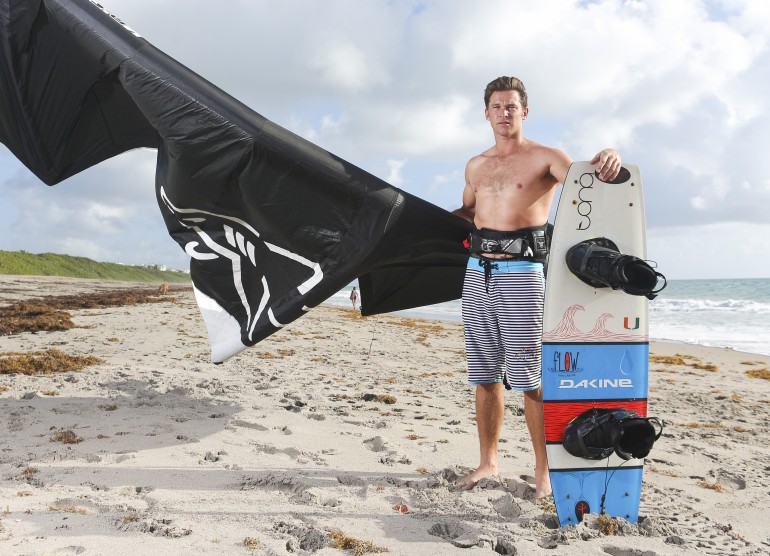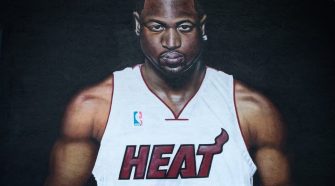Farm life, navigating the globe using stars and, yeah, how the Instagram algorithm sucks
From Pompano Beach to the Big Island, Perrin James has gone the distance for the shot. Or should we say depth? His career with a camera began in 2010 and has grown to include working for companies like Patagonia, making documentaries, and now, starting his own conservation startup fund. Read along to see what else is new and what’s to come.
Atlantic Current: How have you been, man? What’s new?
Perrin James: Crazy. Life has been crazy. So, I bought a farm. Now I’m a part time — or full time — farmer, and a full time underwater filmmaker. It’s been a fun transition. It’s really fun being terrible at something.
AC: So how long have you been in Hawaii now?
PJ: 10 years man.
AC: What’s your favorite part and what was the biggest thing that surprised you when you first moved there?
PJ: The people, 100%. I swear every person I dove with was the best diver I’ve ever met. I was like ‘How is this even possible?’ Looking back on it, I definitely had just reached out to the best people and they really were — well they still are — some of the best divers. Some of the people I dove with were world record/championship divers, but I didn’t know that. I had just met them living there like ‘Hey, you wanna go for a dive?’ Then all of a sudden they’re 140- to 150-feet down trying to shoot these little fish and I’m like ‘What’s wrong with you? That is so deep.’ Trying to shoot a 4-pound fish at 150-feet deep? You are out of your mind. I just thought: this place is definitely for me. Everyone lives around the water; whether you’re a surfer, diver, kiter, fisherman, everyone in Hawaii has that ocean mindset and I really appreciate that.
AC: Do you feel like your skill as a photographer/videographer eased you into it a bit?
PJ: I think photography and videography both helped, but I think spearfishing is what built my community out here. If I wasn’t a spear fisherman and I didn’t have that relationship with other divers, it would’ve been very hard to integrate into Hawaii. The cool thing about Hawaii is that it’s a place where you can prove yourself. You can prove yourself in surfing or diving or whatever your ocean-related thing is. And if you prove yourself and you’re not an asshole, you’re gonna do great out here. It doesn’t matter what color your skin is, the ocean holds you accountable for who you are.
AC: What’s it like having that kind of access to endless beauty to photograph?
PJ: I find myself, when I’m here, enjoying it more than I’m shooting it. Some of the most beautiful places here on the Big Island, I don’t photograph them, other people don’t photograph them. You know what man, there still should be secrets left in the world. Not everything has to be photographed. If you find something in your hometown that’s special to you, do yourself a favor, don’t photograph it, don’t post it, just enjoy it.
AC: We’re getting some house envy looking at your place in Hawaii. Can you tell us about the spot?
PJ: You’re looking at nine silkie chickens, two ducks and my Australian Shepherd here. I’ve got a pepper garden, and I’ve planted avocados, lychee, citrus; everything that I ever want to eat because living in Hawaii is the most expensive place ever. So basically, I catch all my protein and I’m trying to grow my food, but it’s gonna take like three more years for the trees to grow. The farm itself is a fully off-grid working farm where we catch our own rain water (we have 15,000 gallons of water storage), everything is solar powered and it has a composting toilet because we don’t have a septic system yet. I have a shipping container built out with Starlink internet and that is my off-grid editing studio. It’s pretty sweet.
AC: Lately you’ve been doing some projects that are less on the social media/posting side and more on the business side. What have you been working on the most lately?
PJ: Man, all my best work I can’t post anymore. It’s all documentaries and movies and commercials. I’m trying to post on Instagram and stay current but it’s really hard when the best things you shoot are feature films. The coolest projects I’ve been working on, I’d say, are for Patagonia. There is a piece about the Haenyeo. The women in South Korea who dive for Conch shells. I just did a piece with them a couple months ago and that will be a little feature doc for World Ocean Day. Another piece I got to work on was the Hikianalia and Hokulea. The Hawaiian sailing canoes. They circumnavigated the globe using only celestial navigation and I got to sail 1,100 nautical miles with them only using stars. That’ll be another full-length feature with Patagonia.
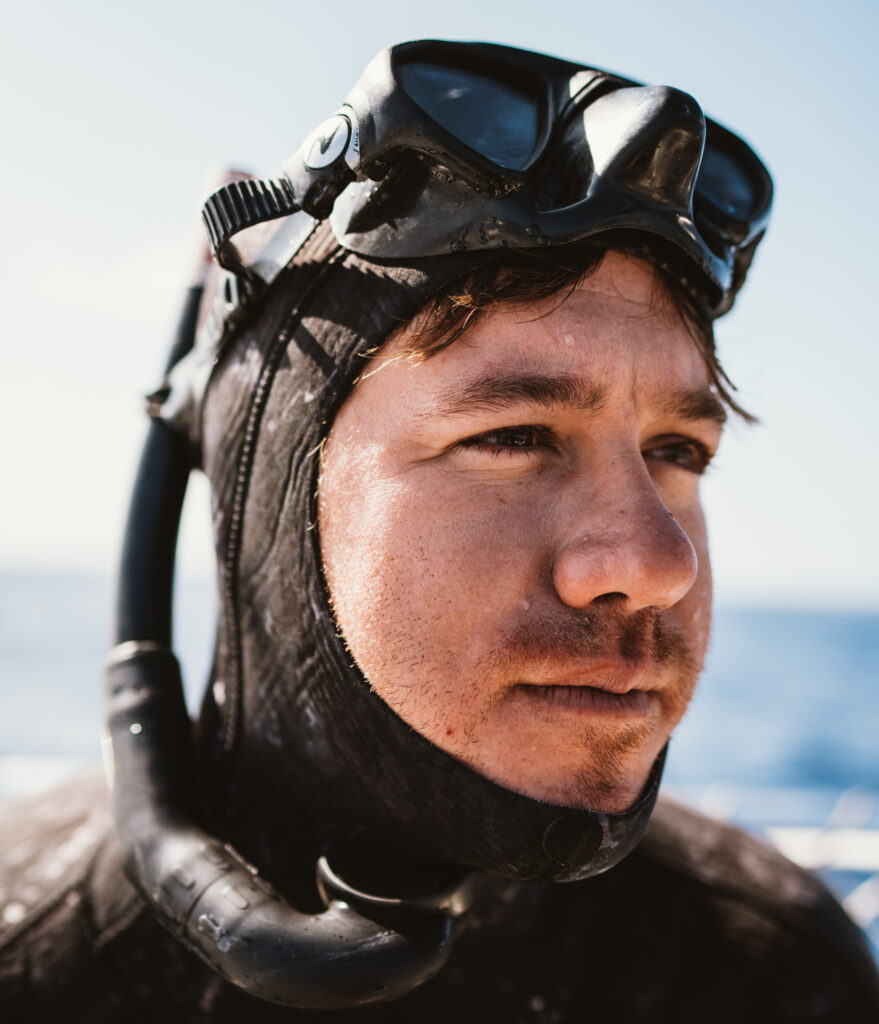
AC: What was the experience like being on those canoes?
PJ: Honestly, the coolest thing I’ve ever done. You’re never just filming or photographing because the boat is so limited on people and on manpower, so I had to learn how to be crew. I walked onto the boat and they handed me the rudder and the captain was like ‘Okay, steer the boat.’ I was like ‘Holy shit, I can’t steer a boat using stars.’ I’m trying to fight this giant piece of wood that’s turning the boat and honestly it’s all about mental skill and reading the ocean because if you tried to fight the rudder, it would just smack you and bruise your ribs. It would break your ribs if you let go of it.
When you were sleeping, pilot whales and dolphins would swim up to the canoe and you could hear their echolocation in the hulls, because it’s basically like a floating guitar. The pews resonate sound. You’d be sleeping and all of a sudden you’d hear dolphins and you’d be like ‘What the f*ck.’
The skills I learned on that boat I feel like I can take with me anywhere and I honestly tried to learn as much as I could. There is a wealth of knowledge from the head navigators who are called Pwo navigators, which was just remarkable.
AC: Speaking of a project you did for Patagonia, we really enjoyed watching “Fish People” and noticed you still keep up with Kimi Werner. How did you first meet her and what’s it like working with her?
PJ: One of the first people I met in Hawaii, but we didn’t dive together until we both got sent to a little island off the coast of Africa. I’ve traveled with her more than any other person. She’s incredible. She just looks like she’s part of the ocean; everything swims up to her. She has something magnetic when it comes to fish and things like that. To work with, she’s wonderful. She definitely mentored me to become a kinder and better human being.
AC: So, you aren’t always shooting in pristine conditions, “Frozen Ceilings,” being an example. What was that experience like?
PJ: Oh man, under ice, well, simply put it, it was cold. It was really, really cold. What made that trip so special: I dedicated that to my friend, Mike Hong, who had passed away. I find myself really busy with all the different creative work that I do these days and that piece was really for me and for my friend who passed away. I got to take some time off to grieve my friend’s loss and through that creative process push myself mentally and physically to create a film I’ve never worked on before, to dive conditions that are really, really harsh. When you’re doing something hard, but you’re doing it for someone that you love, it’s definitely an easier thing. That film was kind of about mental struggles and mental health and what people will go through. It’s kind of supposed to be a metaphor for how life can get pretty dark. I couldn’t really take a darker way than diving under ice in Canada with a bunch of crazy human beings that are all out of their minds.
AC: We’ve seen the prints from there and it’s amazing, man. That leads me to my next question, what would you say is your best-selling print?
PJ: It’s a picture of Kimi in a cave in Tonga. Swallows is the name of the cave. That image has just gone around the world so many different times, with so many different clients. Honestly, that single image made my career, 100%. Which is insane — that an image can still do that. You could take photos your whole life and create one of those or never create one. I, hopefully, create more than one, but we’ll see how that goes. Hopefully, I can create something else as cool as that.
AC: Looking back to your South Florida days starting out as a photographer, could you have imagined your life today?
PJ: No, I wouldn’t. I couldn’t. I could never imagine what my life is today living in South Florida. I honestly never thought I would leave. But, that being said, I also love South Florida and for people who are shooting and they’re from South Florida, I don’t think they should look at it as a place like ‘Oh, I need to get out of here,’ necessarily. Florida overall is an underrated eco place.
AC: Can you tell us a little about Dark Waters?
PJ: Dark Waters is just supposed to be basically like a startup, or an accelerator, for young people in conservation. I want to find younger people who are interested in doing it but they’re struggling to make it their full-time thing. And Dark Waters is a grant. So basically, I come in and give someone like $5,000 to $15,000, or more, for their ecotourism project and with that, I would also come in and create all image content, and basically build out web, media, social and create a following and help these people kind of get their message out of what they’re trying to say whether it’s seaweed, sharks, mangroves, like, whatever it is they’re doing. I want to come in, help tell their story. Give them money to continue it and make it sustainable.
AC: At what point did ocean conservation become a clear focus of your work?
PJ: I think I just got kind of burnt out on spearfishing. The sport was always, for me, about catching my own food and then during my career it just turned into trophy hunting. With that being said, I was traveling around the world and seeing all these endangered species at different markets and stuff like that. And I thought, you know what I’m going to make films to protect what I love and protect this ocean.
AC: So what came first, photography or spearfishing?
PJ: Spearfishing definitely came first. When I was in Florida, I bought a yellow three prong. I feel like everyone has one of those yellow, bright yellow, three prongs that scuba divers use. I bought it at a garage sale for 10 bucks. And then I took that thing with me everywhere. I took it to the Bahamas and Keys and everywhere. I was just shooting hogfish and lobster in the Bahamas. And I was kind of on from there. I was like 10 years old, I was off to the beach in the Abacos for like four or five hours by myself.
AC: I think a lot of people base their like count on their success as a photographer. Were you selling more prints when you were getting more likes?
PJ: The thing about Instagram and actual business is that for the most part, if you work with a good company, those two things aren’t related. If you get a million likes or 10 likes: if you have a great relationship with a company that you enjoy working with, they’re going to pay you the same. Those companies care about who you are as a person.
That’s not to say [Instagram] isn’t important for people starting off. It definitely is a great way to share photos and it’s cool to stay connected. There’s a lot of positive things. But Instagram would also be the one thing I think would be really discouraging to some- one starting off today, because Instagram is not what it was. It’s just a weird place to show regurgitated content — which is kind of getting old, you know? I would definitely tell people starting off in photography, to not get held up on whether their photo gets likes or not. And, that should not affect their rate. They should still charge professionally.
AC: Social media makes photography feel like an awfully crowded industry. That said, is there any advice you would give to new or aspiring photographers?
PJ: Find your niche. Create your own style. That’s the crucial one. Ultimately, if you want to stand out, you need to create your own style based on how you create your own art. If you want to create art; create your own art. Otherwise, don’t. Don’t create. And, keep shooting things. People will get discouraged after like a month or two. Just keep shooting, keep trying. Whenever things get hard creatively, go out and create some more.
